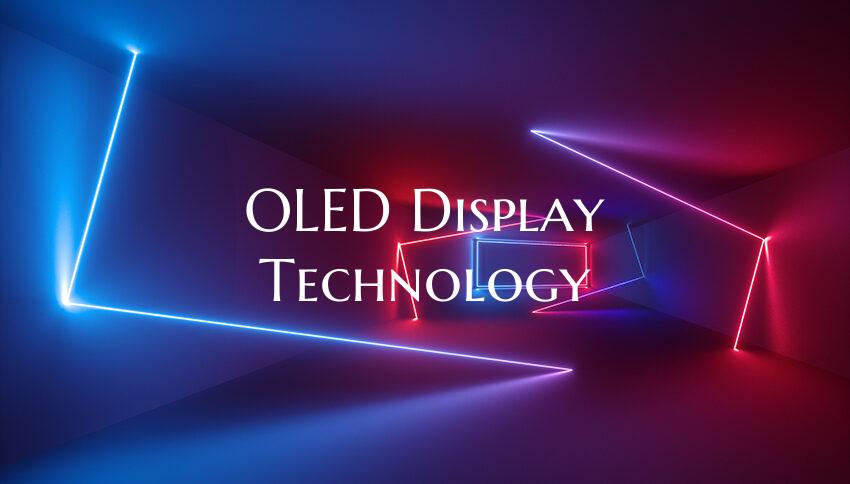OLED Display Technology
OLED Display Technology: Advancing Visual Excellence
OLED, which stands for Organic Light Emitting Diode, is a cutting-edge display technology that is revolutionizing the way we interact with electronic devices. Unlike traditional LED and LCD displays, OLED screens generate their own light individually for each pixel. This unique feature allows for vibrant colors, high contrast ratios, and deep blacks, resulting in stunning image quality and improved energy efficiency.
One of the key advantages of OLED technology is its ability to produce true blacks by completely turning off individual pixels when displaying dark scenes or images. This not only enhances the visual experience by providing a more lifelike picture but also contributes to energy savings since black pixels consume no power.
Furthermore, OLED displays are known for their ultra-thin and flexible design, making them ideal for a wide range of applications including televisions, smartphones, tablets, and wearable devices. The flexibility of OLED panels enables manufacturers to create innovative product designs that can conform to curved surfaces or even be rolled up for compact storage.
In addition to its visual benefits, OLED technology offers faster response times compared to traditional displays, reducing motion blur and ghosting effects during fast-paced scenes in videos or games. This makes OLED displays particularly well-suited for demanding applications where smooth and accurate image rendering is essential.
As OLED technology continues to evolve and become more widespread, it is poised to redefine the standards of visual excellence across various industries. With its exceptional picture quality, energy efficiency, and design versatility, OLED displays are shaping the future of display technology and setting new benchmarks for immersive viewing experiences.

